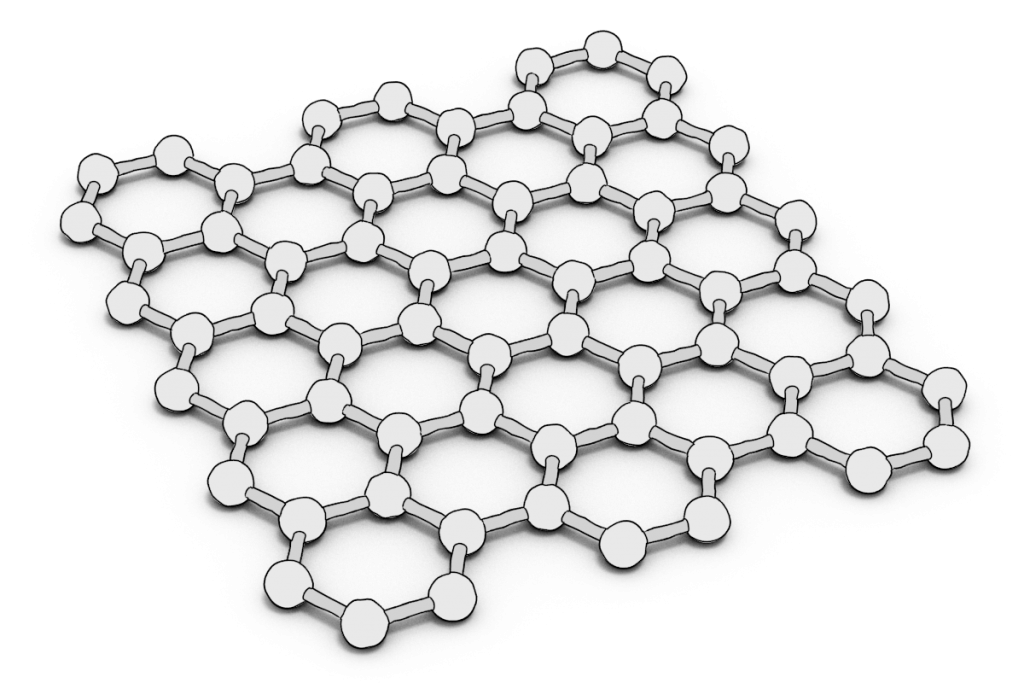 When companies begin to combine the rapid technological advancements of 3D printing with research surrounding the ‘miracle material’ graphene, they begin to open up doors to markets that may not have even been imagined just a few short years ago. One company based out of Calverton, NY, Graphene 3D Lab (TSX-V: GGG, OTCQB: GPHBF) is one such company.
When companies begin to combine the rapid technological advancements of 3D printing with research surrounding the ‘miracle material’ graphene, they begin to open up doors to markets that may not have even been imagined just a few short years ago. One company based out of Calverton, NY, Graphene 3D Lab (TSX-V: GGG, OTCQB: GPHBF) is one such company.
Back in October at the Inside 3D Printing Conference in Santa Clara, CA, I had the pleasure of being able to sit down and speak to the company’s CEO Daniel Stolyarov. Stolyarov’s passion for what he was doing really came through in the short time I had to interview him. At that time the company was working in their lab creating nanocomposite materials composed of graphene and thermoplastics, which they hoped could eventually be mass produced as 3D printer filament.
Because of the conductivity inherent in graphene, this material would enable other companies to eventually purchase it as filament and use it to 3D print electronics. In fact, back in October, Stolyarov revealed a 3D printed battery prototype which the company fabricated out of a graphene nanocomposite filament.
Here we are just three months later, and Graphene 3D Lab has just announced that they have purchased and assembled a large-scale thermoplastic extruder line in order to begin industrial scale production of their proprietary graphene nanocomposite filament. According to the company the equipment has the ability to produce up to 10kg of filament an hour.
“The Graphene 3D team has worked tirelessly to begin commercial production of our materials,” stated Graphene 3D Lab CEO Daniel Stolyarov. “We are excited to now be making the transition from developing the materials in our research lab to beginning industrial scale production and moving forward to revenue generation. I am personally looking forward to offering our filaments to customers and to receiving their feedback on our products. Graphene 3D plans to continue expansion of production capacity in the near future, as we anticipate growing demand for our materials.”
This is outstanding news for the company, as a revenue stream will soon be in place. They expect sales of their conductive graphene nanocomposite filament to begin before the end of March, and such sales should be reflected in their first quarter financial report.
It will be interesting to see who their initial clients will be, and what kind of applications this new filament will be used for. Let’s hear your thoughts on this news in the Graphene 3D Lab Filament forum thread on 3DPB.com.
Subscribe to Our Email Newsletter
Stay up-to-date on all the latest news from the 3D printing industry and receive information and offers from third party vendors.
You May Also Like
High Stakes, High Speed: KVG Acquires 15 Nexa3D HSE 3D Printers to Boost Military Tech
As 3D printing increasingly intersects with defense and military logistics, a new partnership between Nexa3D and mission support logistics firm KVG stresses the growing importance of this technology in strategic...
3D Printer Maker EVO-tech Reborn as NEVO3D — Once More With Feeling
EVO-tech was a 3D printing service and original equipment manufacturer established in 2013 and based in Schörfling am Attersee, Austria. The company produced high-quality material extrusion systems featuring linear bearings,...
3D Printing News Briefs, March 16, 2024: Partnerships, Affordable Bioprinter, & More
We’re starting with dental 3D printing news today, and then moving on to some new partnerships. Then it’s on to some interesting university research about 3D printing plant-based pharmaceuticals, but...
FDR vs. SLA: The Right Polymer Manufacturing Choice for Your Application
The additive manufacturing (AM) industry has no shortage of acronyms when it comes to the various methodologies of industrial 3D printing. In polymer 3D printing, there are three main methods...
































